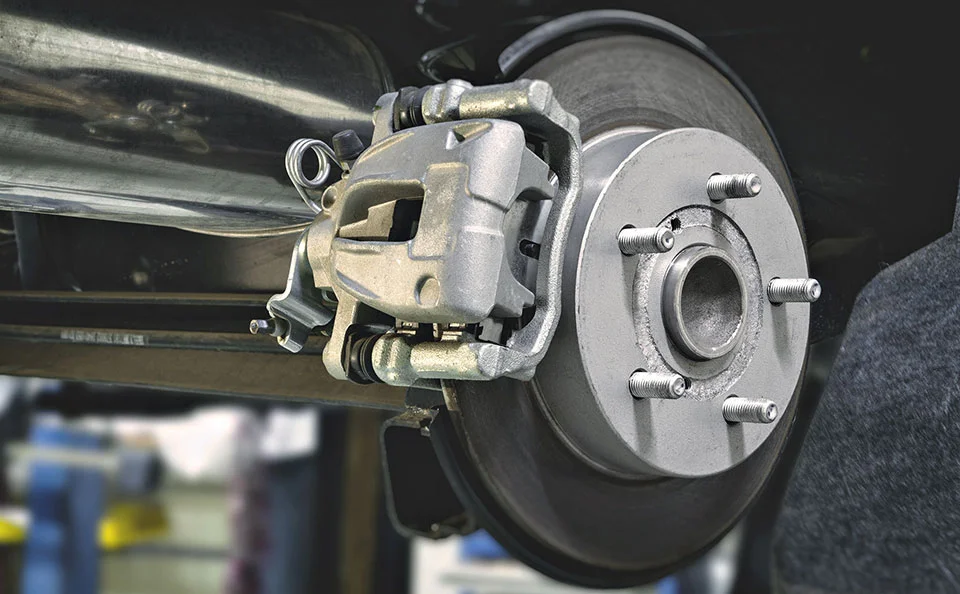India is gearing up to make a significant stride in road safety by mandating Automatic Emergency Braking (AEB) systems in vehicles in the near future. This move, in line with global trends, aims to reduce accidents and save lives by leveraging technology to prevent collisions.
What is Automatic Emergency Braking (AEB)?
AEB is an advanced driver-assistance system (ADAS) that uses sensors like cameras, radar, and lidar to monitor the road ahead. If the system detects an imminent collision and the driver fails to react in time, it automatically applies the brakes to either prevent the crash or mitigate its severity.

The Need for AEB in India
India has one of the highest rates of road accidents globally, with a significant number attributed to human error. AEB has the potential to significantly reduce accidents caused by factors such as distracted driving, fatigue, and misjudgment of distances.
By automatically applying brakes in critical situations, AEB can act as a crucial safety net, especially in cases where the driver’s reaction time is compromised. Studies have shown that AEB systems can reduce rear-end collisions by up to 50%.
Government Initiatives and Timeline
The Indian government has been actively considering the implementation of AEB as a mandatory safety feature in vehicles. The Ministry of Road Transport and Highways (MoRTH) has been conducting consultations with stakeholders to determine the most suitable timeline and regulations for the implementation.
While an official date for the mandate has not been announced yet, it is expected to be implemented in a phased manner, starting with new vehicles and gradually extending to existing ones. The government is also working on setting up testing and certification standards for AEB systems to ensure their effectiveness.
Challenges and Considerations
The implementation of AEB in India presents certain challenges, including:
- Cost: AEB systems can increase the cost of vehicles, especially for entry-level models. The government needs to strike a balance between safety and affordability.
- Infrastructure: AEB systems rely on well-maintained roads and clear markings for optimal performance. The government needs to invest in improving road infrastructure.
- Awareness: Drivers need to be educated about the benefits and limitations of AEB to avoid over-reliance on the technology.

